Bridging Blockchain Networks
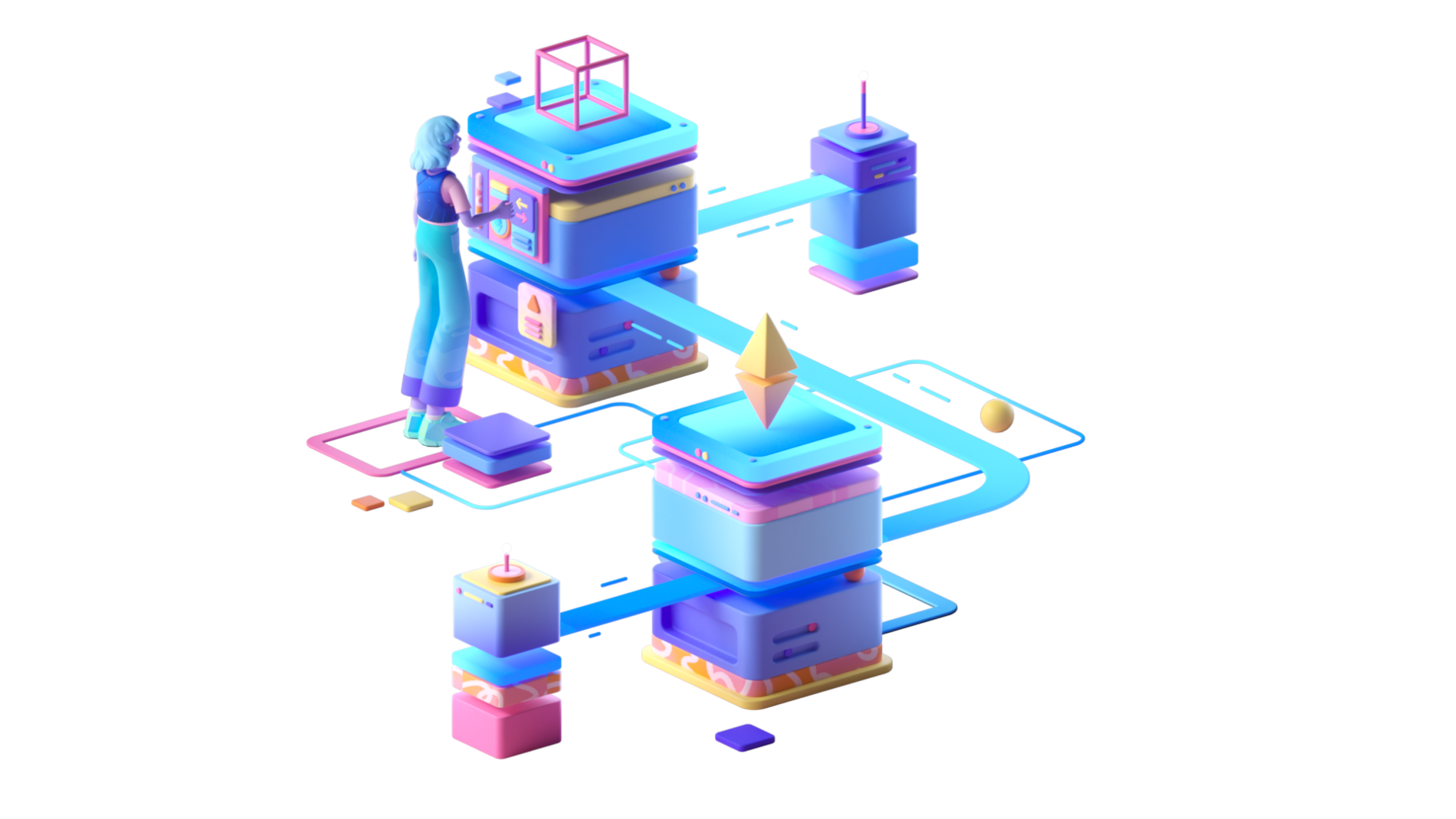
Now that you understand some of the fundamentals and philosophy that comprise web3, let’s dive into some of the components that help Ethereum more efficiently handle a higher volume of activity, while also connecting Ethereum with other blockchains.
Blockchain networks exist as parallel universes. They are typically unaware of each other—Bitcoin, Ethereum, and BNB Chain, for example, are all separate blockchains. So that begs the question, “How do you get things from one chain to another?”
Enter, blockchain bridges: a concept you’ll often encounter as you dive deeper into web3.
Like the name suggests, bridges connect separate networks, allowing you to move tokens from one network to another. Without them, each network would remain isolated.
As some philosopher once said, “No blockchain is an island, entire of itself. Every network is a piece of the ecosystem, a part of web3”

Bridges are necessary to facilitate communication and asset transfer between networks.
There are different kinds of networks in web3, typically described in layers. Bitcoin, BNB Chain, and Ethereum, for example, are the base layer–layer 1 (L1)–in their respective universe. Many people want to use an L1 like Ethereum. The problem is Ethereum can’t do it all alone.
Imagine a road or highway, well-painted, with signs and concrete barriers on the sides. As the highway gets more usage, the traffic gets worse. It becomes expensive to maintain and each person is spending more time and gas on their journey.
To alleviate the burden, a train track is built above the road, supported by the highway’s concrete barriers. This train is faster, cheaper, fuel-efficient and has more capacity. What if now, instead of taking your car, you could take the train?
In Ethereum’s universe, the L1, Ethereum Mainnet, is like the foundational highway. It’s a great road but it gets clogged and expensive. To help, layer 2 (L2) networks are built on top of this base network like the high-speed train to significantly reduce the cost and time spent on the highway.
Now, you can park your car at an L2 station and have options in your commute.
Think of these L2 stations like a blockchain bridge. There are different exit points along the highway (L1) where you can stop and get onto a train platform. Some stations might be cheaper than others, some might be faster, some might even have rickety elevators and you definitely want to avoid those.

Here are some of the reasons you may want to bridge:
- Buy different cryptocurrency tokens
- Mint an NFT only available on a specific network
- Save money with cheaper transactions
- Transact faster
- Use a dapp only available on another network.
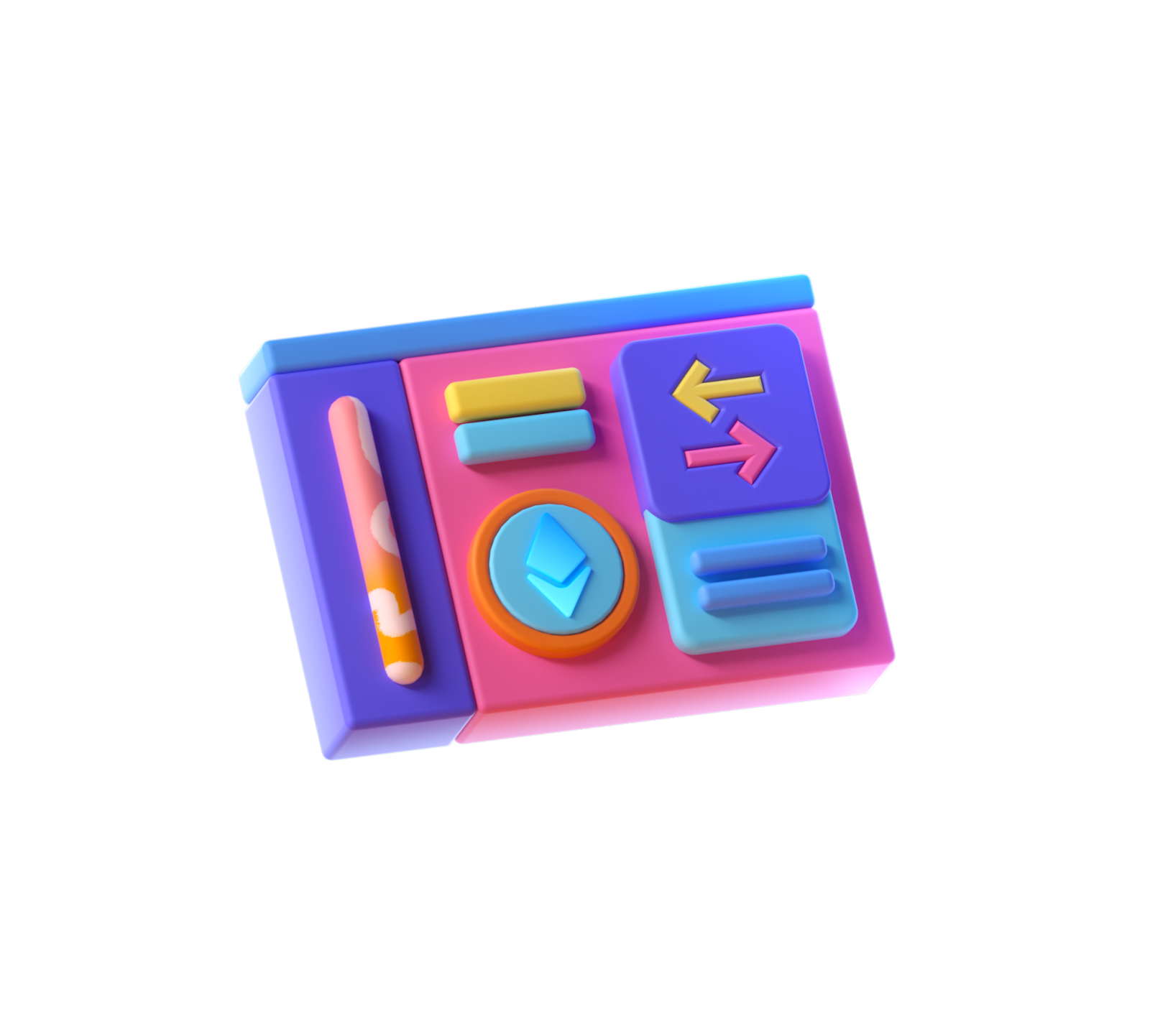
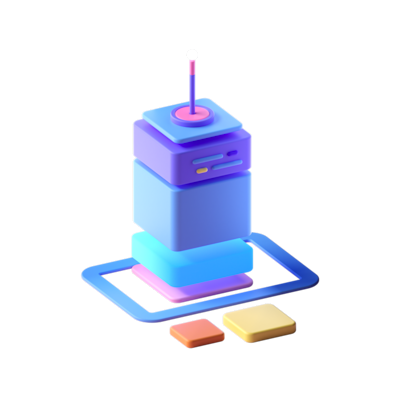
Okay, where are the L2 stations?
Traveling is great and all, but as we know, it is full of complications and challenges: how do you get to where you want to be in the best way possible?
Not all bridges are secure. They are still new technology and should be researched, like anything else you put money into. There’s also a ton of them that have popped up, making it daunting to decide which one to use.
Thankfully, there are aggregated services like MetaMask Portfolio that help you find the best route, taking your entry point, destination, and baggage into consideration.
Think of MetaMask Portfolio's bridge feature as your travel agent with a great track record. It’s vetted the different options, aggregates a selective list, and helps you map out your journey, taking the extra guesswork out of the equation. Simply tell it where you want to go, where you’re coming from, and what you want to bring with you, and MetaMask Portfolio will spit out an optimal bridging route customized for you.
So now you understand, bridges allow for different chains within the Ethereum universe, and without, to connect. This creates a flourishing web3 ecosystem with more pathways for participation, communication, and coordination.
Bridging Blockchain Networks
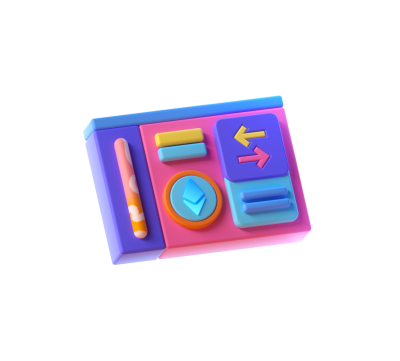 01
01Bridges connect separate blockchain networks, allowing me to move tokens across and communicate with multiple networks
 02
02Layer 2 networks are additional networks built on top of a blockchain that I can bridge to to save time and money
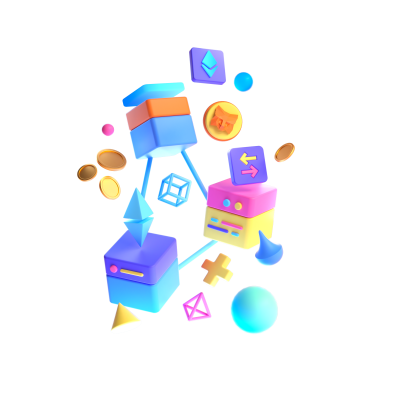 03
03Bridges and layer 2 networks help grow web3 and keep it interconnected
Ready to take the next step?
Explore MetaMask